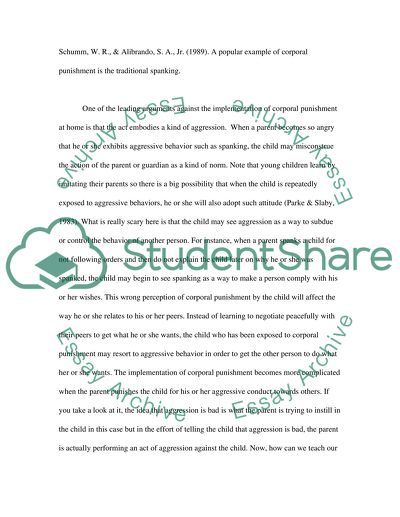Cite this document
(Corporal Punishment and Abuse of Children Assignment, n.d.)
Corporal Punishment and Abuse of Children Assignment. Retrieved from https://studentshare.org/social-science/1544606-childrens-welfare
Corporal Punishment and Abuse of Children Assignment. Retrieved from https://studentshare.org/social-science/1544606-childrens-welfare
(Corporal Punishment and Abuse of Children Assignment)
Corporal Punishment and Abuse of Children Assignment. https://studentshare.org/social-science/1544606-childrens-welfare.
Corporal Punishment and Abuse of Children Assignment. https://studentshare.org/social-science/1544606-childrens-welfare.
“Corporal Punishment and Abuse of Children Assignment”, n.d. https://studentshare.org/social-science/1544606-childrens-welfare.


